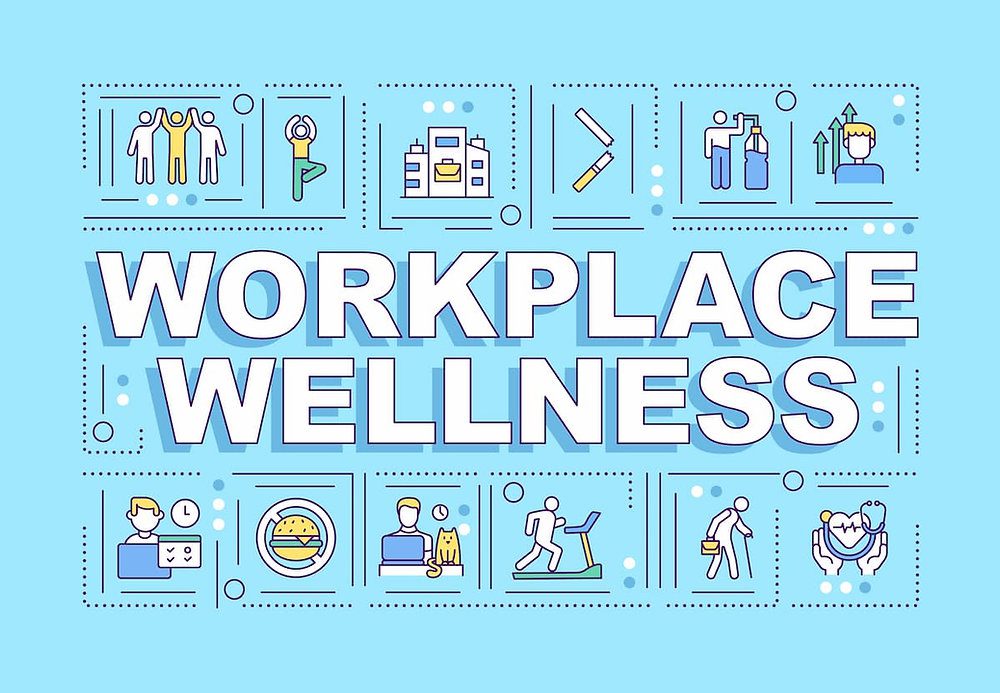Shifting your employee benefits to put wellness in the center.

Across the world, interest in wellness is increasing. Searches for wellness-related topics like “seasonal depression,” “meditation,” “yoga” and “oral health” have increased significantly year over year.
What does this mean for employers? By shifting your employee benefits to put wellness in the center, you can increase employees’ tenure, reduce turnover and save on human capital costs in the long term.
1. Offer a flexible fitness benefit
According to the human resources association SHRM, a fitness center discount is the most sought-after wellness benefit among American employees.
But when it comes to wellness, one size doesn’t fit all. While some employers offer discounted or complimentary memberships to local fitness centers, others choose to reimburse employees for all or a portion of their preferred method of achieving wellness. The reimbursement must meet certain parameters, of course, and the spending is capped.
2. Show that you prioritize your employees’ mental health
There are many ways to show your employees you care about their mental health. Start by analyzing your current health insurance offerings. Do you provide a way for your employees to access mental health coverage? EAP are great programs that are relatively inexpensive and depending on which ancillary coverages you offer may be included at no cost to you.
3. Ensure your leave policies reflect your commitment to wellness
You are committed to your employees’ mental and emotional well-being, but do your leave policies reflect that commitment? If not, your employees could be missing the message. There are several ways to ensure your values translate to your organizations day-to-day. Consider the following:
Offer mental health days. Many employers offer one or two days off per year for employees to refresh and recharge, no questions asked; these days are separate from PTO banks and sick time. This practice helps prevent burnout and also sends the message that mental health is valued at your organization.
When it comes to parental leave, walk the talk. Many employers claim to be a great place for a young parent to balance family life with their career, but not all parental leave policies reflect these ideals. Some of the most progressive employers offer paid leave well above what federal or state regulations require. Other employers take creative approaches to help parents ease back in to full-time work, such as phased return-to-work plans.
Reduce the stigma surrounding taking paid time off. Even if you offer generous or unlimited paid time off, it serves no purpose if your employees are reluctant to use it. Encourage managers to lead by example by taking time off themselves and allowing employees to disconnect from work while they’re out of the office.
For any questions please reach out to any of our CH Benefits team at 315-234-7500 or visit us online at chinsurance.cc






